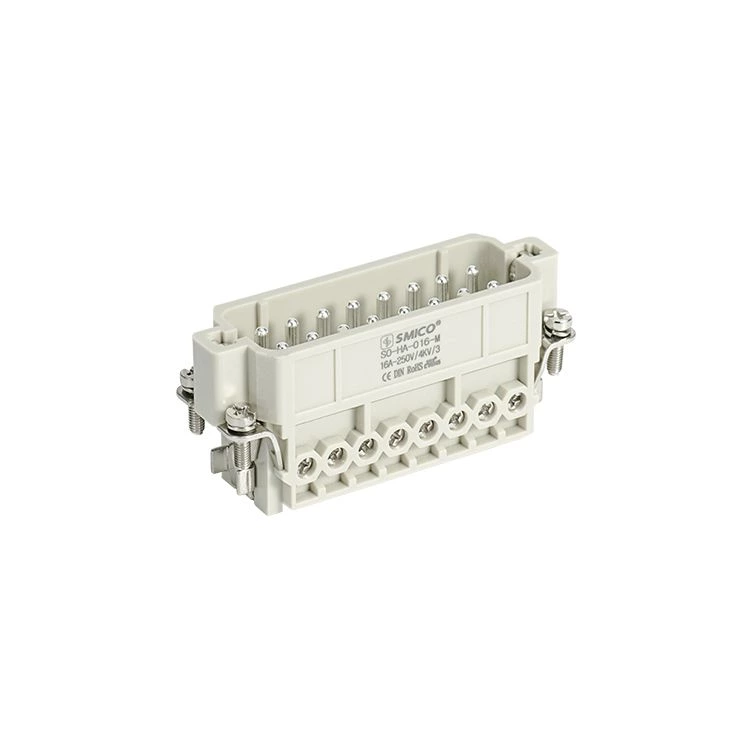Heavy Duty Connector Introduction
heavy duty connector 24 pin, also known as heavy-duty socket, is widely used in equipment that requires electrical and signal connections, such as construction machinery, textile machinery, packaging and printing machinery, tobacco machinery, electric locomotives, and petrochemical electrical.
Overview
The international advancement of 16 pin heavy duty connector in structural design and material use makes the connector outstanding in electrical performance. The traditional connection method cannot achieve the reliability of the electrical connection system.
Mainly used for connectors:
Industrial applications, such as high-current connectors, PC board connectors, coaxial cable connectors, backplane connectors, high-frequency converters, etc.
Main difference: There is no difference in the literal sense, the connector has a wide range, and heavy-duty is only used for special equipment.
Application: 24 pin heavy duty connector is widely used in equipment that requires electrical and signal connections, such as construction machinery, textile machinery, packaging and printing machinery, tobacco machinery, electric locomotives, and petrochemical electrical.
Advantages
1. Pre-installation, pre-installation of a large number of complex circuits, can greatly improve the efficiency of equipment installation and reduce the wiring error rate.
2.4 pin heavy duty connector provides highly integrated connections, which improves the effective utilization of equipment space.
3.6 pin heavy duty connector is easy to connect. It efficiently realizes the modular structure of each functional template of the equipment, which is convenient for equipment transportation, installation and maintenance. This connector is widely used in the field of power transmission and distribution.
4. The high protection level (IP65.IP67) provided has an incomparable advantage for the equipment connection system in harsh environments. It provides effective protection in harsh environments such as dust, rain, cold, ice and snow, and oil pollution.

